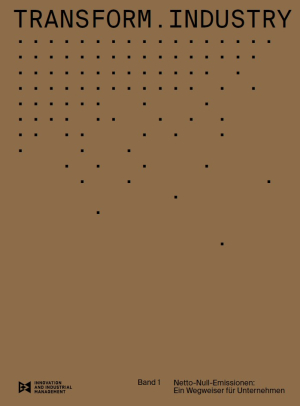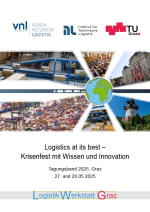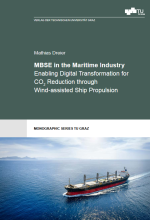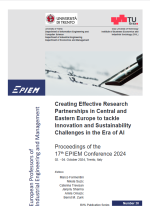This guideline is based on a funded project of Styria and was developed
based on a pilot case study with an SME from the manufacturing sector.
The guideline describes how a GHG balancing in combination with a
reduction of the CO2 footprint through energy flow analyses and energy
savings can be implemented in a practical, comprehensible, and
transparent way.
Furthermore, recommendations for the Styrian
industrial policy are derived from the embedding in a macroeconomic
analysis so that a sustainable reduction of greenhouse gases in this
area can succeed.
The guideline is less a guide to conduct a
GHG-balance, but rather a source to what entrepreneurs can pay attention
to. In addition, it is intended as an assistance for understanding the
specialized terms and the process for GHG balancing.
published by: Reihe herausgegeben von Christian Ramsauer
Issue: Open Access E-Book
ISBN: 978-3-85125-972-8
Language: Deutsch
Release date: September 2023
Series: Transform Industry: Guiding the transformation of SMEs, Issue 1
This guideline is based on a funded project of Styria and was developed
based on a pilot case study with an SME from the manufacturing sector.
The guideline describes how a GHG balancing in combination with a
reduction of the CO2 footprint through energy flow analyses and energy
savings can be implemented in a practical, comprehensible, and
transparent way.
Furthermore, recommendations for the Styrian
industrial policy are derived from the embedding in a macroeconomic
analysis so that a sustainable reduction of greenhouse gases in this
area can succeed.
The guideline is less a guide to conduct a
GHG-balance, but rather a source to what entrepreneurs can pay attention
to. In addition, it is intended as an assistance for understanding the
specialized terms and the process for GHG balancing.






